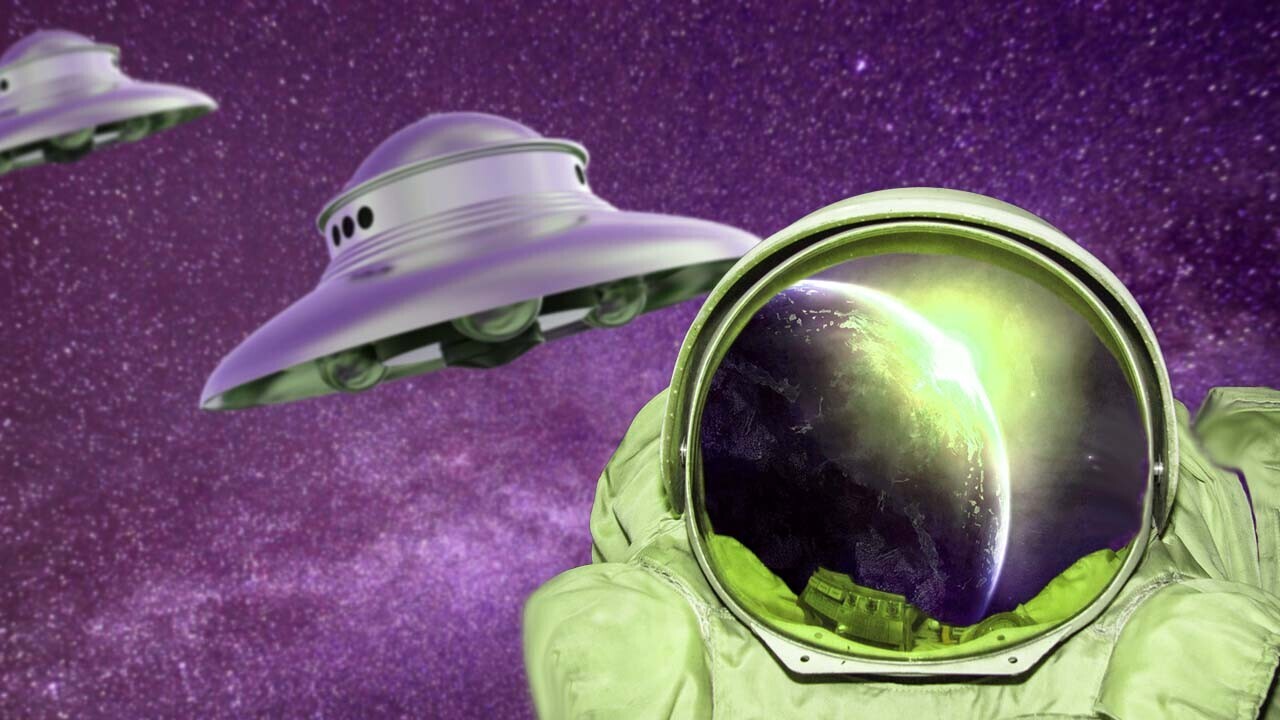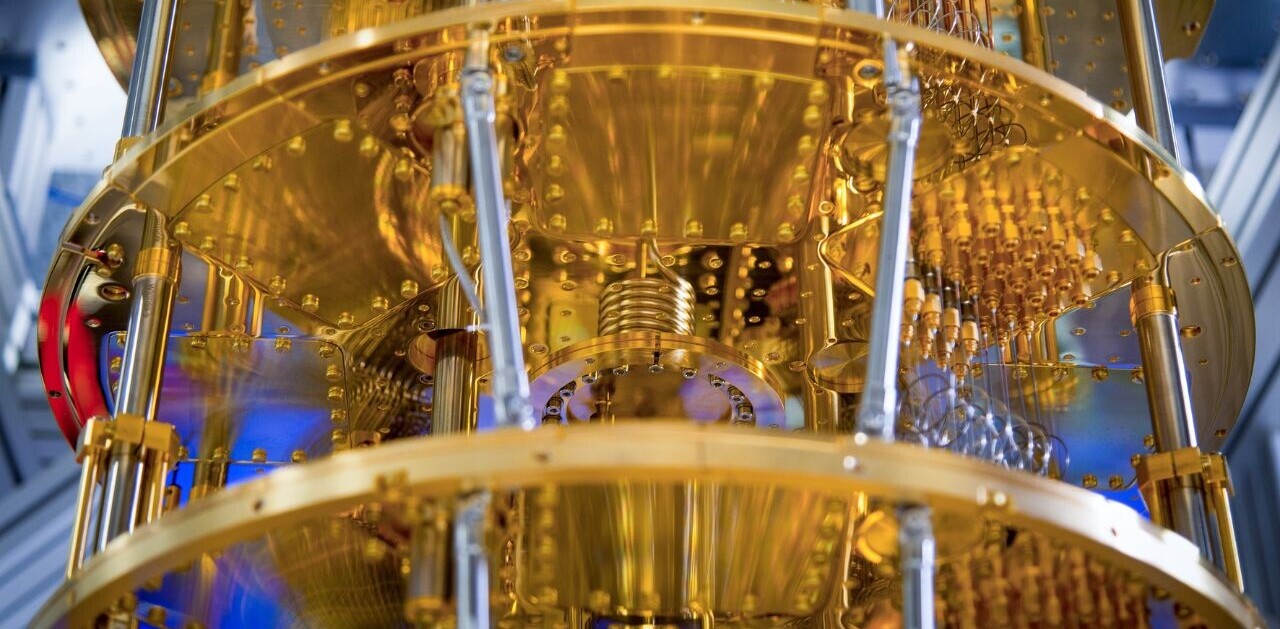
If cats can be simultaneously dead and alive, can space aliens exist and not exist at the same time?
It might sound like the kind of thing you’d ask while sitting around a campfire with two kinds of smoke lingering in the air, but that doesn’t mean it’s not an important question.
At the center of our capacity for scientific inquiry lies a simple query: are we alone in the universe?
For millennia we’ve gazed at the skies with a binary perspective. Either they’re out there and we haven’t found them, or all life in the universe is confined to Earth.
Why not both?
Schrödinger’s cat is both dead and alive to an outside observer because, until the box is opened, you can’t tell either way. You have to assume it’s one or another, which makes it essentially both until we know for sure.
The question is whether the universe knows for sure. And, to that, we answer: don’t be ridiculous. If the universe has inherent sentience then all bets are off. We could be characters in a turtle’s dream.
The point being: if we assume for the sake of science that the universe doesn’t have a base perspective, or its own unique point of view, then we have to figure that base reality is only made up of that which we can confirm through observation.
It’s tricky (to rock a multiverse)
If the universe were governed strictly by classical physics, all would be copacetic. But, as we are nearly certain, the universe is actually a construct of quantum mechanics and, thus, it has quantum physics underpinning its apparent classical structure. And that means “observation” works differently in the quantum world.
Despite how it might feel, a watched pot doesn’t technically boil any slower. You can measure the rate at which the temperature changes and predict within a reasonable amount of certainty how long it’ll take for your pasta to be ready.
However, in quantum terms, when we conduct measurements we fundamentally change reality. A quantum particle can exist in multiple states at once. We force it into one or another when we measure or observe it.
In quantum physics, the cat is both dead and alive until you open the box.
But wait there’s more!
As New Scientist’s Amanda Gefter wrote in their fantastic article discussing multiverse theory:
When you jump into the cat’s point of view, it turns out that – just as in relativity – things have to warp to preserve the laws of physics. The quantumness previously attributed to the cat gets shuffled across the Heisenberg cut. From this perspective, the cat is in a definite state – it is the observer outside the box who is in a superposition, entangled with the lab outside. Entanglement was long thought to be an absolute property of reality.
Basically, the universe doesn’t just pretend at quantum physics. It lives it. Schrödinger’s cat is entangled to the observer outside of the box. But, to the cat, you’re the entangled one.
But wait there’s even more!!
Gefter’s article also references another physics experiment where there’s a cat in a box that’s dead and alive to the outside observer, and that observer has a friend outside of the laboratory staring at the door.
If the cat’s entangled inside the box to the first observer, and the first observer is entangled inside of the lab to the second observer, whose perspective is base reality? The outside-iest observer is the friend.
But what if the guy staring at the box with a cat in it hears a gunshot and yells “Hey, friend, you okay out there?”
Now where’s base reality at? I’ll tell you: terrified. One false move in such a reality and… bam, it all comes crashing down.
Second ‘verse not the same as the first
One resolution to the idea that the very fabric of our universe is subject to a ripple effect that could cause it to collapse in a quantum extinction event at any given second, is to imagine reality as a multiverse in and of itself.
The big idea here is that particles are all just tiny balls of potential that exist to be observed. That observation may very well dictate reality and, until that reality is shared by multiple observers, it remains independent of all other realities.
Gefter’s article explains this in elegantly simple terms: “Start with observers sending messages, and you can derive space-time.”
Imagine a coin spinning just out of view. If you turn your head far enough to glance at it, it will instantly drop and land on either heads or tails. Now imagine two coins spinning directly next to each other, each attached to an individual observer in a paradigm where whenever one observer glances, the other does too.
Neither observer would know which coin was attached to their observation, thus the significance of their effective control over bespoke reality would be lost on both.
However, if you could observe someone else changing reality with a mere glance, without the coincidence of also affecting reality with yours, the perspective would be much different.
Arguably, this is why the multiverse could be directly under our noses without us ever suspecting. It’s possible that every time more than one intelligent observer changes a quantum outcome, they’re forced into a frame of reference that uses the uncertainty of never knowing which of us is actually causing the coins to stop spinning as a foundation for their shared reality.
And now, aliens
It was a long walk, but here’s the payoff. If this particular multiverse theory is true, then aliens should definitely exist.
They’re currently entangled and, once we observe them, they’ll either exist or they won’t. Which means they exist.
However there’s some bad news too. If the multiverse theory is true, then it’s also a certainty that aliens do not exist.
Because, from their perspective, we’re the entangled ones. Maybe we do exist, maybe we don’t. Just like Schrödinger’s cat.
If we’re lucky, all this quantum physics stuff is so deeply embedded in the bedrock of reality that none of this actually matters. Just like opening up a box to find out the cat’s alive and well, maybe we’ll bump into aliens one day and merge our realities.
But what if we’re not lucky? What if we run into aliens and, because of their observation of us, the coin of our reality stops spinning and lands on the side where we don’t exist in any reality?
Get the TNW newsletter
Get the most important tech news in your inbox each week.




